Kashmir conflict gives China boost in arms export race
The shooting down of a sophisticated French Rafale jet by a cheaper Chinese has seen Beijing’s military stocks rise and has consequences for any war with Taiwan. Taipei should be scared.
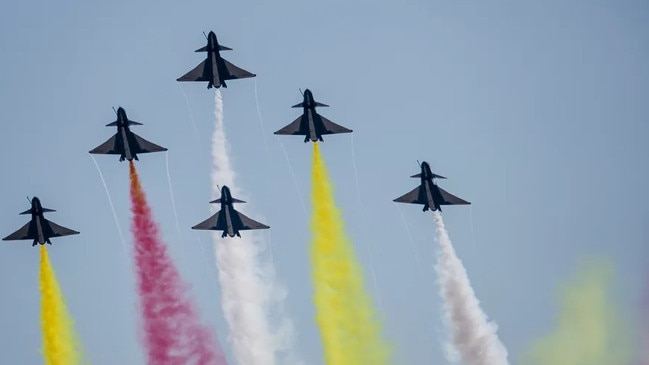
The recent hostilities between India and Pakistan left both claiming victory, without much evidence on display for either.
One country that could give factual grounds for a sense of triumph, however, was China - and in particular its arms industry. A company based in the country’s southwest, Avic Chengdu Aircraft, saw its share price rise 40 per cent in five days alone in the aftermath of the fighting.
In a rare semi-confirmed detail of the conflict, whose participants kept their losses secret, a French Rafale jet flown by the Indian air force was shot down by a much cheaper Chinese-made J-10C fighter flown by the Pakistani side.
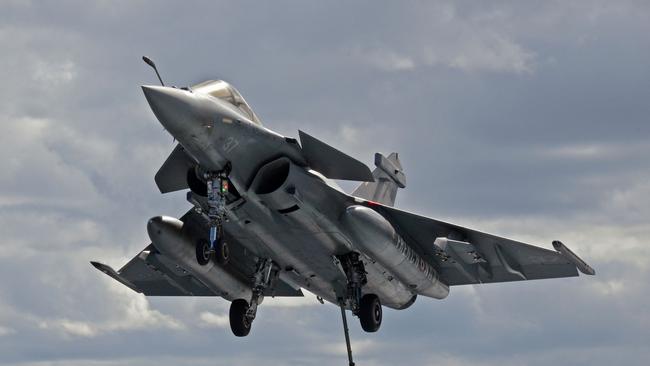
The J-10C is manufactured by Avic Chengdu, and its “score” against the Rafale was met with a wave of patriotic excitement across China.
“This would mark one of the most convincing real-world performances of Chinese weapons on the global stage and a breakthrough moment for China’s military industry,” Hu Xijin, the prominent nationalist commentator, wrote. He is a former editor of the Global Times, the English-language tabloid often seen as the “voice” of President Xi for foreigners.
That a western aircraft was brought down by a Chinese jet - and a relatively old model already surpassed by the J-20, now in service, and the J-35, undergoing final trials - had knock-on consequences for any future war over Taiwan, Hu added. Taiwan should feel “scared”, he said.
Taiwan took note. “We may need to reassess the People’s Liberation Army’s air combat capabilities, which may be approaching or even surpassing the level of US air power deployments in east Asia,” Shu Hsiao-Huang, of Taiwan’s Institute of National Defence and Security Research, told Bloomberg.
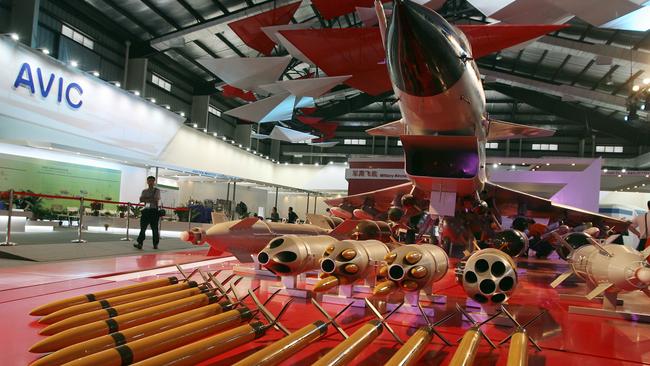
Equally exciting for Chinese strategists is the possibility of it being an advertisement for its export arms industry. While both China and the US and its allies are now flying more sophisticated “fifth generation” aircraft - the Chinese J22 and the American F22 and F35 - modern but not cutting-edge technology is in demand from “secondary military powers”.
America has sold F-16s around the world. China, though so dominant in export markets, has failed to catch up in jets and other military hardware.
From 2019 to last year, it ranked only fourth in overall arms sales, behind America, by far the world’s biggest arms manufacturer, and France and Russia, according to the Stockholm International Peace Research Institute.
In fact China’s share had fallen slightly over the previous five years. What is more, its market is dominated by one country, Pakistan. Islamabad was once supplied by America but amid numerous disagreements over terrorism allegations and Pakistan’s support for the Taliban in Afghanistan, it has largely switched to Beijing.
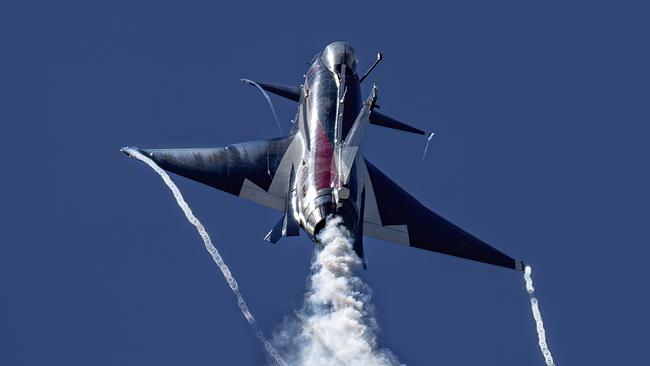
Now other countries in the Middle East, particularly those in Africa, might be tempted to follow suit. Egypt, which often falls out with its American “ally” and arms supplier, recently held its first joint air exercise with China, with J-10Cs in a fly-past over the pyramids.
“Apart from geopolitical constraints, a key reason for China’s underwhelming arms export performance is the lack of real combat validation for its advanced weaponry,” Yu Zeyuan wrote in Singapore’s Chinese newspaper Lianhe Zaobao.
“The standout performance of hi-tech Chinese weapons such as the J-10C in the recent India-Pakistan clash is likely to enhance international recognition and confidence in Chinese arms. This, in turn, could significantly boost China’s prospects in the global arms trade.”
In the recent exchanges, Pakistan claimed three Rafales were destroyed but American and French sources only confirmed one. Whichever is true, some of the J-10C’s known abilities are undoubtedly impressive. The jet, whose export price is about dollars 40-50 million compared with more than dollars 200 million for the Rafale, is said to have strong “active electronically scanned array” (AESA) radar capabilities. It is fitted with long-range PL-15 missiles, one of which is said to have brought down the Rafale over India without the Pakistani jet leaving its own airspace.
The Times

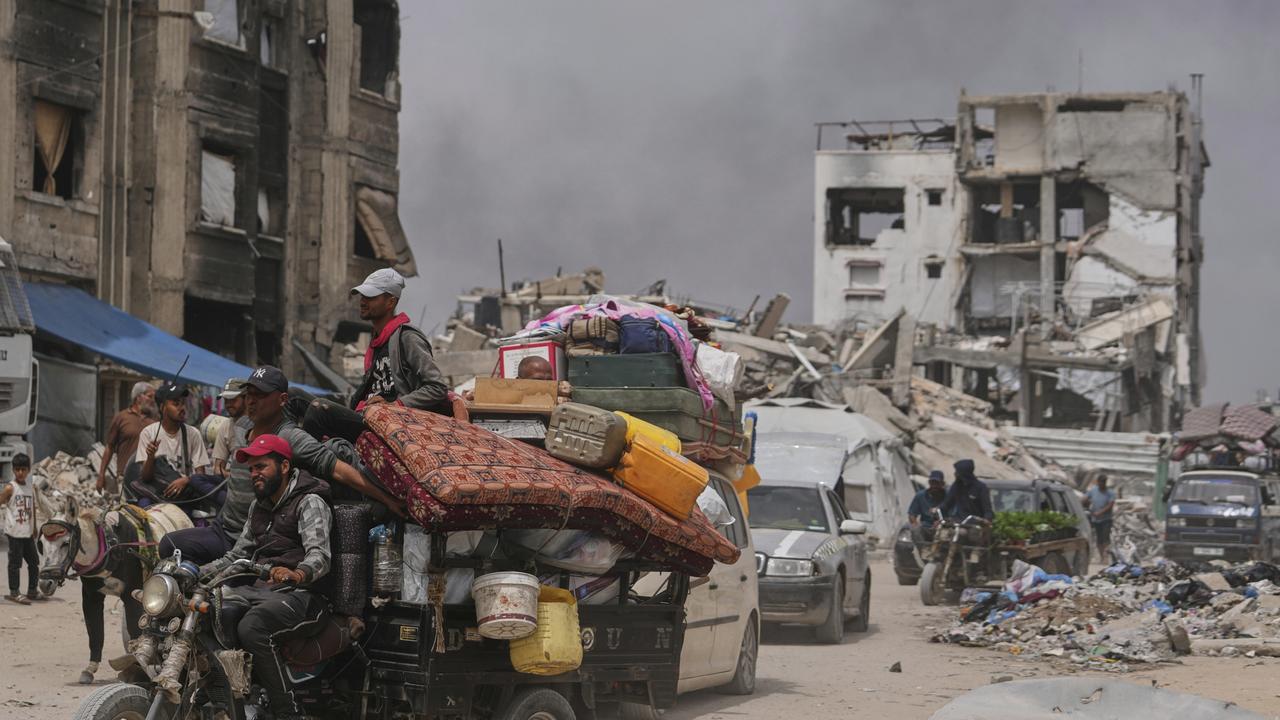

To join the conversation, please log in. Don't have an account? Register
Join the conversation, you are commenting as Logout